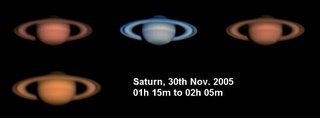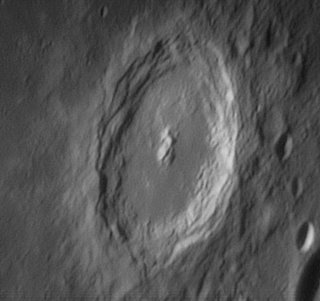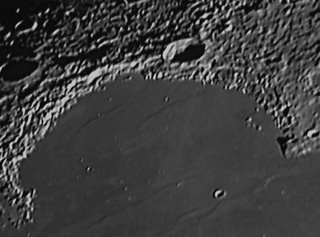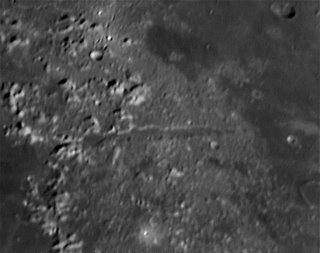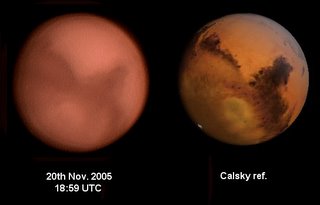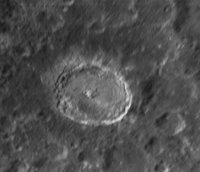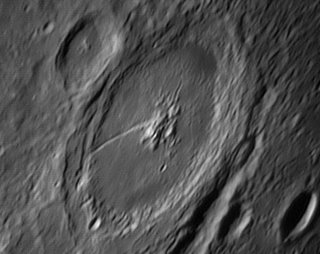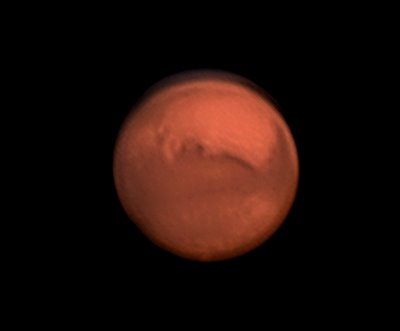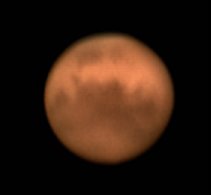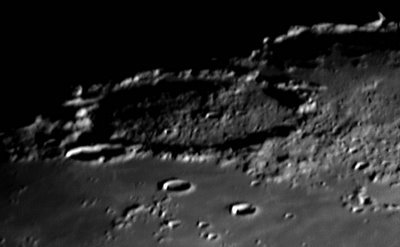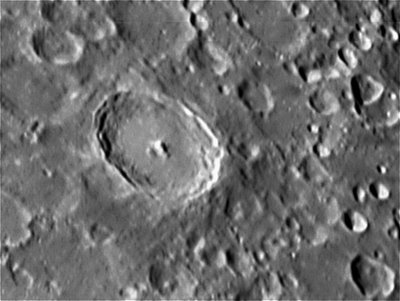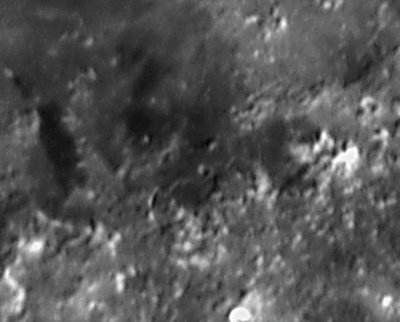
Wednesday, November 30, 2005
Monday, November 28, 2005
Sunday, November 27, 2005
Saturday, November 26, 2005
Friday, November 25, 2005
Wednesday, November 23, 2005
Plato
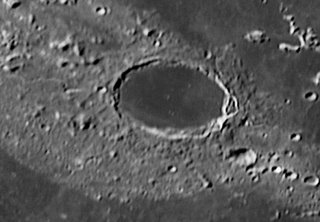
Plato is approximately 61 miles in diameter with walls rising to approximately 6000 ft.
Plato has developed a reputation for various transient lunar phenomenons, including flashes of light, unusual colour patterns, and areas of hazy visibility. These anomaly are likely a result of seeing conditions, combined with the effects of different lighting angles of the Sun.
A couple of interesting sites:-
http://www.ltpresearch.org/plato1.htm
http://www.space.edu/moon/other/plato/PlatoChanges.html
http://www.lpi.usra.edu/resources/mapcatalog/usgs/I701/
http://www.lpi.usra.edu/resources/lunar_orbiter/bin/info.shtml?351
... also, I didn't know that it was the location for Space 1999's 'Moonbase Alpha'.
Tuesday, November 22, 2005
Monday, November 21, 2005
Saturday, November 19, 2005
Mars on 19th Nov.
Messier & Messeir A

Apollo 11 photo:-http://www.lpi.usra.edu/expmoon/Apollo11/A11_MP.Orbital3FS.gif
Close up Apollo 11 view:-http://www.lpi.usra.edu/expmoon/Apollo11/A11_MP.Orbital4FS.gif
Friday, November 18, 2005
Apollo 15 site at high sun angle
 Here's another view of the Apollo 15 landing site. This was taken at a high sun angle, and most of the features were bleached out.
Here's another view of the Apollo 15 landing site. This was taken at a high sun angle, and most of the features were bleached out.Using 4x imagemate again.
The Apollo 15 mission carried a mapping (metric) camera located in the SIM Bay of the Command Service Module:-
http://www.lpi.usra.edu/resources/apollo/frame/?AS15-M-0414
Apollo 17 landing site
 Two views of the landing site. The first one taken using a 2x Celestron Barlow and the one below a 4x Imagemate made by BC&F.
Two views of the landing site. The first one taken using a 2x Celestron Barlow and the one below a 4x Imagemate made by BC&F.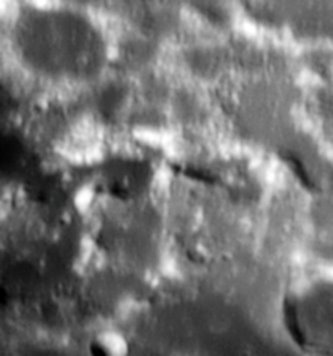
Below is a link to a Hubble space telescope picture, for reference:-
http://imgsrc.hubblesite.org/hu/db/2005/29/images/m/formats/web.jpg
... and the Apollo 17 mapping camera image:-
Thursday, November 17, 2005
Wednesday, November 16, 2005
Tuesday, November 15, 2005
Monday, November 14, 2005
Mars on 14th Nov.
Sunday, November 13, 2005
Aristarchus
Montes Harbinger
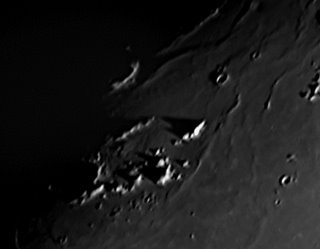
 A section from the Apollo 17, panoramic mapping camera photo, to compare.
A section from the Apollo 17, panoramic mapping camera photo, to compare.The highest peak is 17,650 feet, the one at the top right of both pictures.
http://www.lpi.usra.edu/resources/mapcatalog/LAC/lac39/
View from above:-
http://www.fourmilab.ch/cgi-bin/uncgi/Earth?opt=-l&lat=27&lon=41&alt=1000&img=MoonTopo.evif
Copernicus
Subscribe to:
Comments (Atom)


